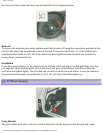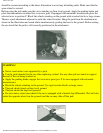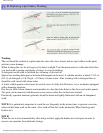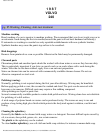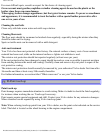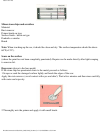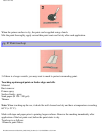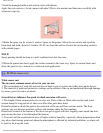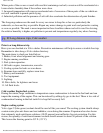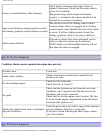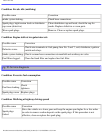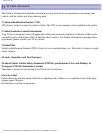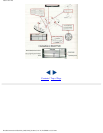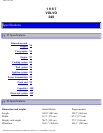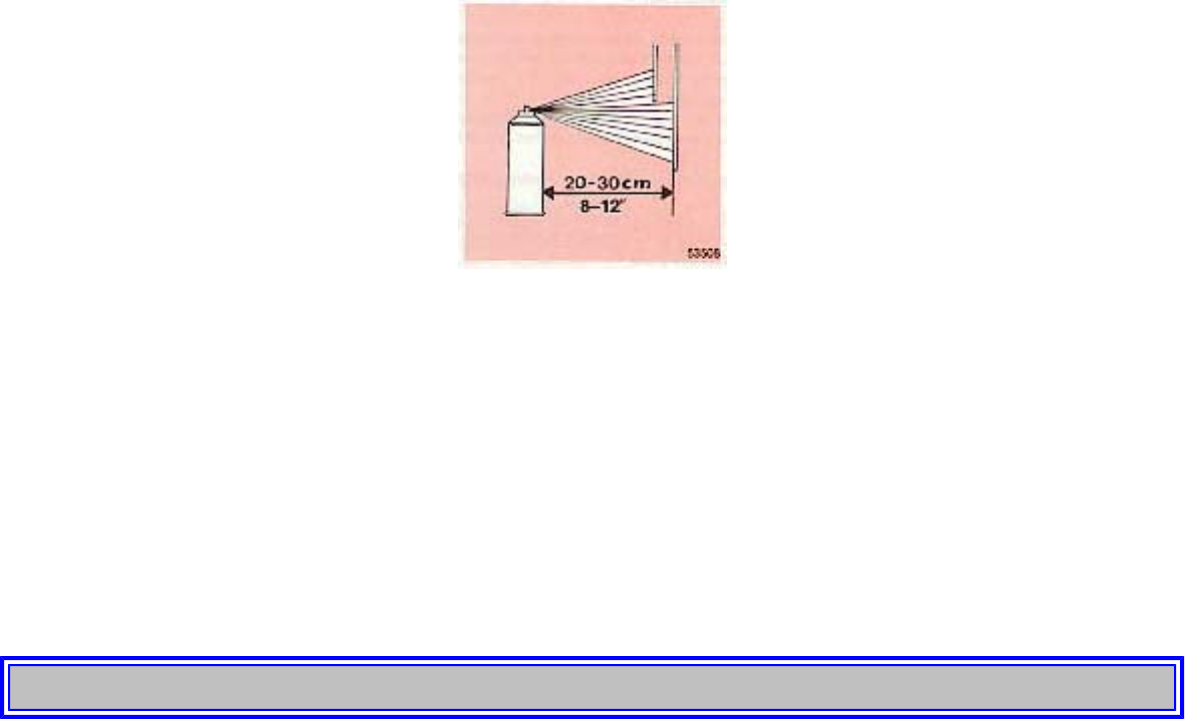
1987 Volvo 240
2 Sand the damaged surface and wash it clean with thinner.
Apply the rust remover. (Avoid contact with skin!) Wait a few minutes and then rinse carefully with
water and wipe dry.
3 Shake the spray can for at least 1 minute. Spray on the primer. Move the can slowly and regularly
from back and forth, about 8-12 inches (20-30 cm) from the surface. Protect the surrounding surfaces
with suitable paper.
NOTE!
Spray painting should be done in a well ventilated and dust-free area.
4 When the primer has dried, apply the surface enamel in the same way. Spray on several times and
allow the paint to dry a minute or so between each application.
pg. 88 What causes rust
What causes rust
The two most common causes of rust to your car are:
1. The accumulation of road dirt and moisture in hard-to-get-at cavities and other areas under the car.
2. The removal of paint and protective coatings on the outside of the car and underneath through damage
by stones, gravel or minor accidents.
Several factors influence the speed at which corrosion will occur:
1. The length of time various parts of a car stay wet. Parts of the car filled with road dirt and water
remain damp for long periods of time even after other parts have dried.
Particular attention should be paid to the underside of the car and floor sections inside. The floor
sections stay wet because moisture collects and remains under the floor matting.
Drain holes located at the bottom of the doors can get clogged with dirt, trapping water inside the door
and causing the door to rust through at the bottom.
2. Corrosion will be accelerated in areas of higher relative humidity, especially where temperatures often
stay above the freezing point and where the atmosphere is affected by industrial pollution, or where salt
is used for de-icing the roads.
file:///K|/ownersdocs/1987/1987_240/87240_03c.htm (5 of 11)12/30/2006 7:53:32 AM



